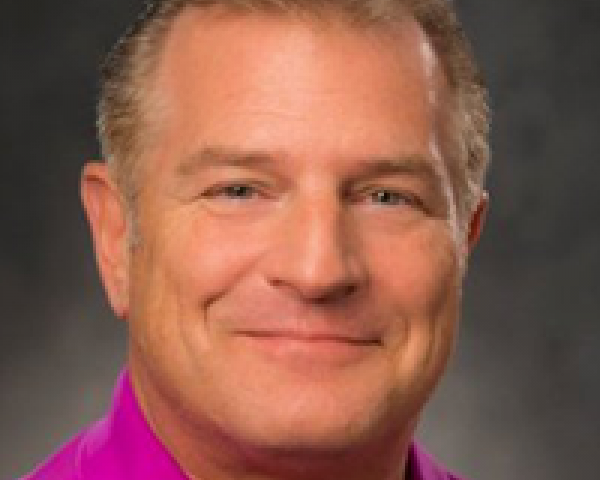To not address the millennials’ employer predilections is to miss an opportunity to tap into a vast resource of potential talent.DTNA addresses the issue by reaching out to high schools throughout the U.S. via the Daimler Educational Outreach Program, which focuses on giving to qualified organizations that support public high school educational programs in STEM (science, technology, engineering and math), CTE (career technical education), and skilled trades’ career development. Daimler also works in concert with school districts to conduct week-long technology schools in one of the manufacturing facilities, all in an effort to encourage students to consider manufacturing (either skilled or technical) as a vocation. Like all forward-looking companies, Daimler must address the needs of the millennials who – among a number of their desires – want to make the world a better place. Jamie Gutfreund, chief strategy officer for the Intelligence Group notes that 86 million millennials will be in the workplace by 2020 — representing 40 percent of the total working population. To not address the millennials’ employer predilections is to miss an opportunity to tap into a vast resource of potential talent. To that end, Daimler has always emphasized research in renewable resources and community involvement as well as a number of philanthropic endeavors. Not only is it the right thing to do, but it also appeals to the much-needed next generation who will fill the boots of the exiting boomers. See also: 4 Steps to Integrate Risk Management Just because a company manufactures heavy-duty commercial vehicles doesn’t mean it can’t give back to the environment and the community at large. And, in the end, that will help make the world a better place.
A Manufacturing Risk: the Talent Gap
Because almost no one heard the alarm 25 years ago, here we are in America needing to fill 3.5 million manufacturing jobs in the next 10 years.








